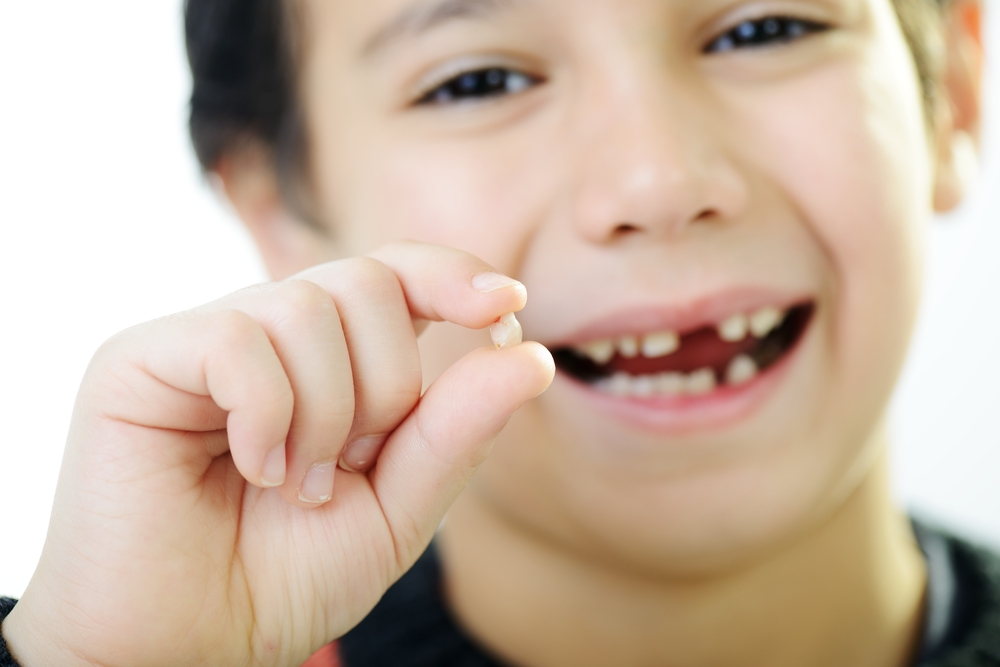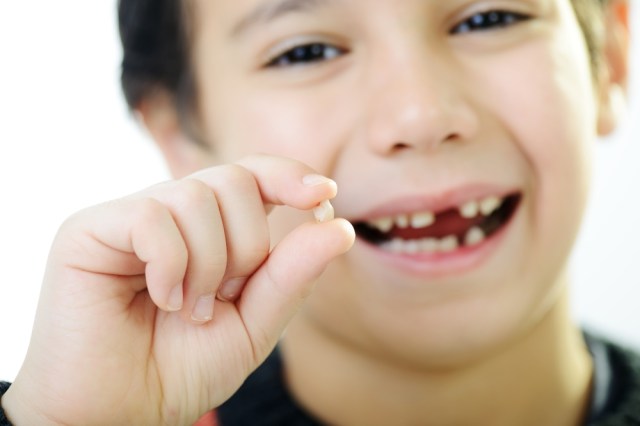
“I lost another tooth!” That’s how six-year-old James greeted me. I love that quality that young children have of seeing you and then speaking as if in mid-conversation. It was the perfect greeting for me after just reading the Vox article “The Tooth Fairy Economy Explained” by Lindsay King-Miller.
According to King-Miller’s research, the monetary value of baby teeth has risen over the past decade, only to see a slight fall for the last two years. She really dives in here to look at the origins of the tooth fairy myth and how modern families have adopted the tradition. While largely an American ritual, other cultures mark the loss of baby teeth with their own rites. For example, my grandson Matteo, who lives in Italy, was visited by the “Tooth Mouse” when he was younger.
Since children between the ages of 6 and 10 will lose all twenty of their baby teeth, parents are signing up for a big commitment with that first Tooth Fairy response. Not surprisingly, there are lots of opportunities for error. Vacations, no coins or currency, and just plain forgetting to “sneak in” to exchange the tooth with something of value, once the child is asleep, contribute to the stress of keeping the magic going. One way to give yourself some wiggle room is to say that the fairy may come either tonight or tomorrow night.
As for the “Italian Tooth Mouse,” when my son-in-law forgot to do the swap, he explained to Matteo that their dog Lenny had scared the mouse away. While that was some quick thinking on his part, he had created a scenario where his son then became terrified that their dog was going to eat the mouse. They then worked together to design a no dog zone to keep the mouse safe. Problem solved.
Lindsay King-Miller describes the heightened stakes as parents posing as the tooth fairy leave notes, special coins, and an average of $3.70 under the pillow. She includes some amusing anecdotes about dollar bill origami animals and other attempts to create magical memories.
When my own children were young, I had the idea that leaving a toothbrush along with some “change” would be a nice surprise while at the same time implying that good dental hygiene earned some points with the fairy. And to complicate matters further, I put a two dollar bill there as well. What was I thinking?
After James’ announcement, I asked him if he had put his lost tooth under his pillow and if he had, what he found there the next day. Yes, he had, and he enthusiastically reported that he found three dollars under his pillow (very close to the average amount according to the Global Kelton poll of 1,058 American parents done on behalf of Delta Dental, cited in the Vox article). When I asked if James always got $3, he said, “No, I only got $1 before”. When asked why he thought he got more this time, he only shrugged, smiled and said he didn’t know. Then he skipped away, another one of those delightful things I love about young children…the skipping!
Since James’ father, James Gilroy, the Director of the Little Folks School, where I used to work, was nearby, I was happy to get his version of the recent visit by the tooth fairy.
James, the father, described how he and his wife had begun a tradition of leaving a Sacagawea gold coin when their older daughter Evie, lost her first tooth. It felt magical, and they were good about keeping the gold coins in stock for those special moments. When their son James lost his first tooth, they kept up the gold coin tradition, that is, until the previous night.
Long after their son had gone to sleep, they remembered the tooth waiting for them under the pillow and scrambled around looking for a gold coin to exchange with it. When none turned up, they decided after much debate to go the currency route. Three one dollar bills – the only cash they had on hand – would have to do. And by all accounts, especially his son’s excitement, it did.
As parents, we face a myriad of decisions, all day every day. The choices that we make concerning fanciful characters like Santa, the Easter Bunny, and the Tooth Fairy can bring their own complications to the mix. As I explained in my blog, Is It Okay To Teach Your Child To Believe In Santa? there are many wonderful reasons to make believers out of your kids. Young children already reside in an imaginary, magical world and introducing generous, and loving characters serves to enhance that. Clearly, many parents enjoy marking the momentous occasion, or they wouldn’t go to such lengths to keep the myth alive. Not to mention that when the first tooth is lost, the hope of a morning surprise may help to temper what might be a scary event for the child.
Having learned the hard way myself, I advise parents that when it comes to remuneration in exchange for a lost tooth, keep the story and the prize simple!











